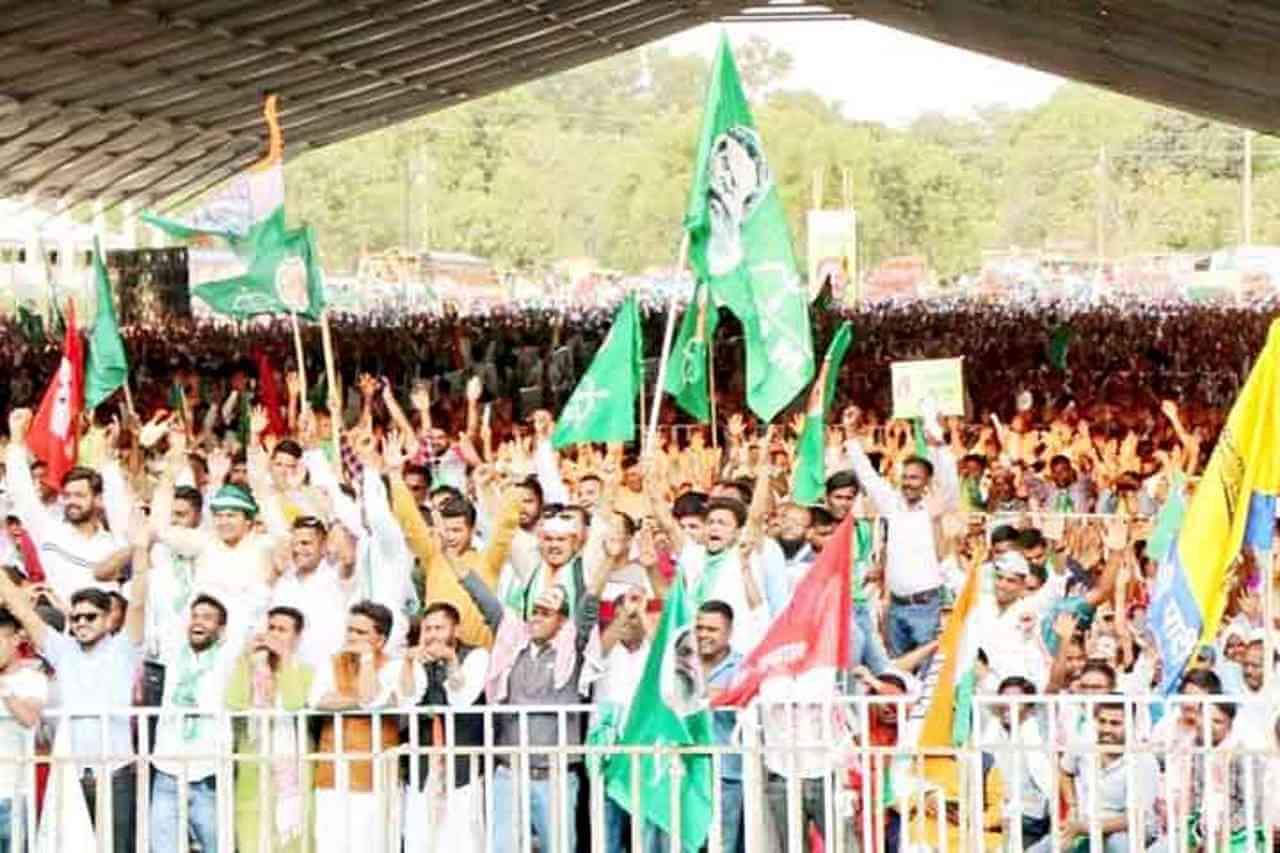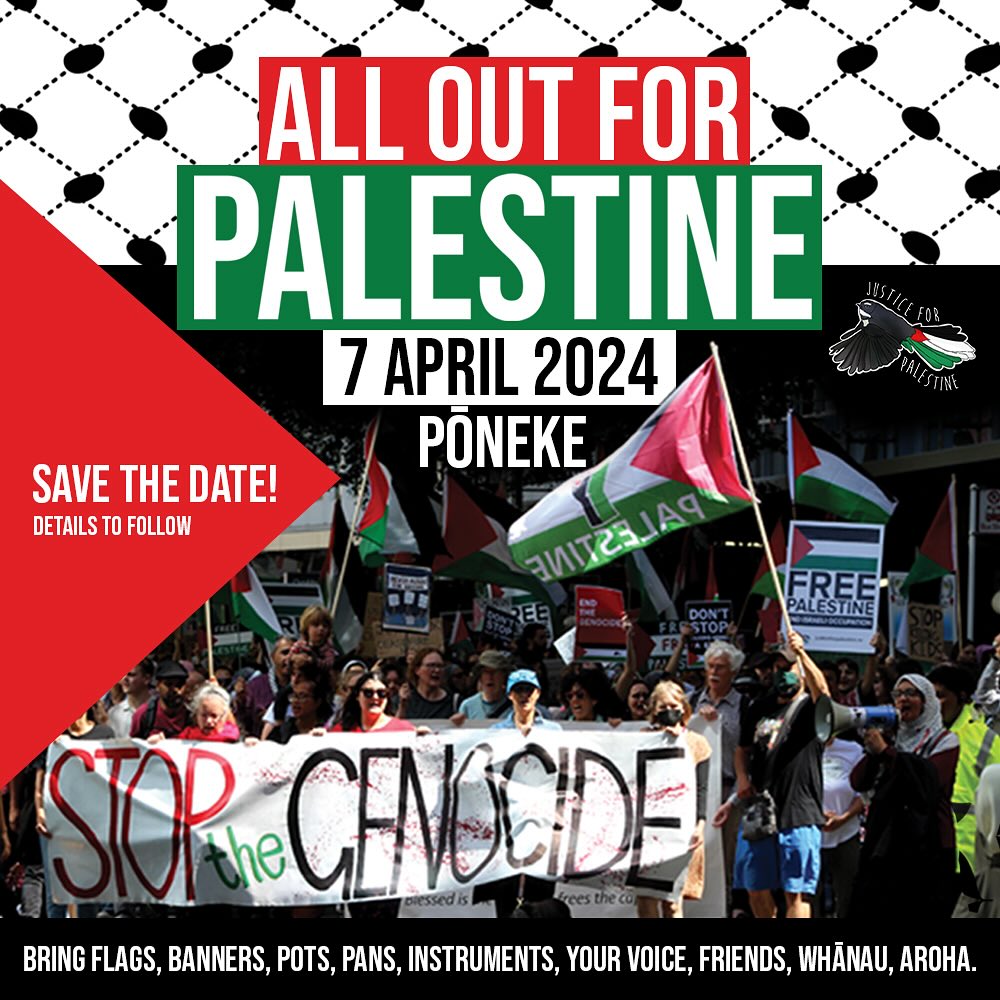The Sunni rebellion sweeping Iraq is the latest chapter in the spiral of death and chaos caused by the 2003 invasion and subsequent occupation.
The military gains made by the Islamic State of Iraq and Syria (ISIS) have been possible only because of the turmoil and ruin inflicted by the US and its allies.
The descent into hell began when the first seeds of sectarian warfare were sown by US occupation forces after they defeated Saddam Hussein’s military.
Initially, sizeable sections of the Iraqi population at least hoped that the occupation would be better than Hussein’s dictatorship. Those illusions didn’t last. In the first month of the occupation, US forces fired upon peaceful protests in Fallujah, killing 17 people for the crime of wanting their children to be able to return to the school that soldiers were using as a makeshift base. Similar incidents across the country built resentment, and resentment became rebellion.
The occupation forces turned to the method of divide and rule. Saddam’s regime had favoured Sunnis while oppressing Shi’ites, Christians and particularly the Kurds. The occupation forces decided to use Shi’ite forces to repress rebellions that were mostly Sunni, and Sunni forces to repress the Shi’ites.
By mid-2004, this strategy was failing. A large joint convoy of Sunnis and Shi’ites came to provide aid to the residents of Fallujah when it was attacked by US forces in April, hinting at a nightmare scenario for the US – a united Sunni and Shi’ite rebellion against military occupation.
The start of civil war
In late 2005, two British Special Air Services soldiers masquerading as Sunni insurgents and driving an explosives-packed vehicle were captured in Basra by Iraqi forces. It appears they were intending to bomb a Shi’ite mosque, but they were arrested before they could do so. The men were later broken out of prison by the British army.
The mosque bombing that started the civil war took place on 22 February 2006, when the golden dome of the Shi’ite al-Askari Mosque in Samarra was almost destroyed by two bombs.
This attack led to a wave of pogroms against Sunnis and retaliatory bombings of Sunni mosques. Whether the initial attack had been carried out by occupation covert forces like the botched Basra bombing, or was actually carried out by sectarian militias, it achieved what the US wanted – for Sunnis and Shi’ites to start shooting each other instead of US soldiers. Iraq’s civil war began that week.
Ethnic cleansing of Baghdad
The bloodiest year of the civil war was 2007. By conservative estimates, there were more than 3,000 violent deaths in Baghdad each month in the first half of the year. According to Michael Izady of Columbia’s School of International and Public Affairs, Baghdad was transformed from an integrated city in which Sunnis and Shi’ites frequently intermarried, lived on the same streets and worked together into a predominantly Shi’ite city in which Sunnis were forced into a small enclave in its west.
By 2008, the carnage had mostly ended – because virtually every city in Iraq had been ethnically cleansed of minorities, and two out of every three of Iraq’s 1.5 million Christians had either fled the country or been killed.
For the US, the ethnic cleansing of Baghdad was a success. Most of the Sunni rebels who had opposed the occupation were forced into cutting a deal with the US in order not to be annihilated.
This sort of carnage has been the result of divide and rule tactics in occupations before, most notably the final years of British domination of India, where the weak and desperate occupation forces started whipping up violence between Hindus and Muslims. The result was the terror that led to the India-Pakistan partition – a million dead and tensions that still threaten to plunge the region into war nearly 70 years later.
Explaining ISIS
The violence started to recede half way through 2008 because the separation of Sunnis and Shi’ites was so thorough. Shi’ites are a majority in Iraq, and Prime Minister Nouri al-Maliki is himself one. Use of the death sentence under al-Maliki has soared, and Sunni protests have been met with overwhelming deadly force from the central government.
It’s in this context that some Sunnis have turned to the al-Qaeda breakaway Sunni supremacist group ISIS. And while the number of people actively fighting for ISIS is small, reports out of Mosul indicate that they are at least tolerated and possibly actively supported by wider layers of the Sunni population. It is the lack of mercy and justice shown by al-Maliki to Sunni dissidents that makes ISIS’s equally barbaric approach seem acceptable to many.
No to intervention!
Before the 2003 invasion, supporters of the war said that Saddam Hussein was a brutal tyrant (which was true), and that US intervention would be painful but would create a peaceful, democratic Iraq. Small-l liberals who were squeamish about openly supporting US aggression often fell into line behind the mantra “something needs to be done”.
Something was done. Within a decade of US terror, Iraq was transformed from a country in which sectarian killings were unheard of into a quagmire of sectarian terror unprecedented in living memory, a hell worse than even Saddam could have dreamed of.
Most of the people pushing for another intervention know this history full well, but have other reasons for considering renewed involvement in Iraq – empire, prestige, power and oil.
There have been two serious acts of genocide in the 21st century – the genocide of the Tamils in Sri Lanka, and the US- and British-instigated sectarian genocide in Iraq. Asking those responsible for the Iraqi genocide to intervene demonstrates both a total lack of understanding of recent history and an utter contempt for those murdered in the civil war that the last Western intervention caused.
Andrew Cheeseman for Red Flag (AU)









